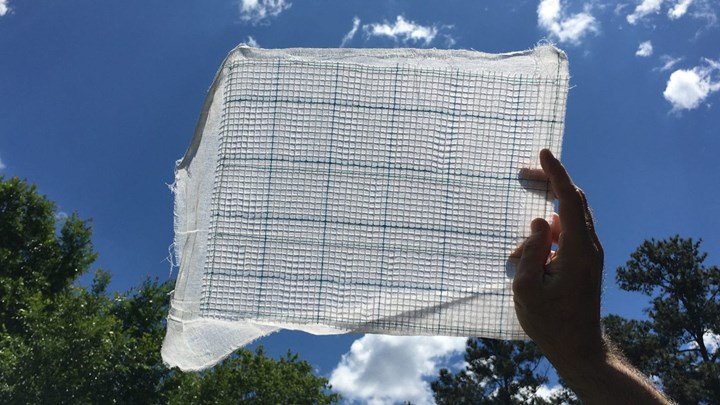
North Carolina State University researchers are adding a new one to their method of removing carbon dioxide from flue gas emissions using a new textile-based filter. The new filter, made of cotton fabric, converts carbon dioxide into bicarbonate with an enzyme called carbonic anhydrase.
Large-scale testing needed
The research team integrated the enzyme carbonic anhydrase into a two-layer cotton fabric to create the filter. In order for the enzyme to adhere to the surface, the fabric was dipped in a solution containing a material called chitosan that acts like an adhesive.
The finished filter was spiralized for insertion into a tube. To observe how well their filters would separate carbon dioxide from an air mixture of carbon dioxide and nitrogen, the team pushed the gas through the tube along with a water-based solution. After this process, most of the carbon dioxide, which reacted with the water in the solution and carbonic anhydrase, turned into liquid bicarbonate, which dripped from the filter and exited the tube where it was collected.
When air was passed through the tube at a rate of 4 liters per minute, 52.3% with a single-row filter and 81.7% with a double-row filter could be captured. In addition, the filter was able to perform well after five washing, drying and storage cycles.
Google Assistant may soon recognize users’ voice